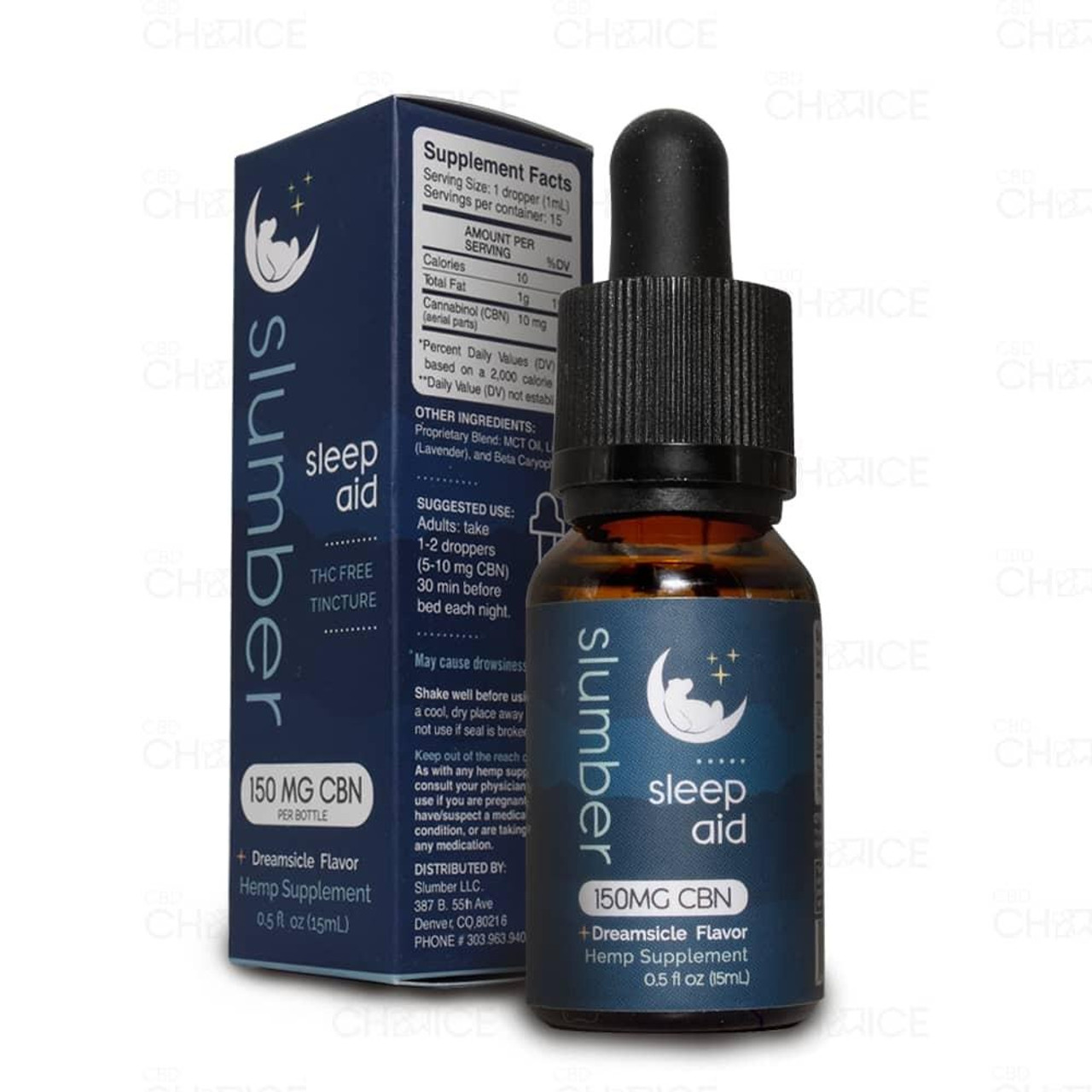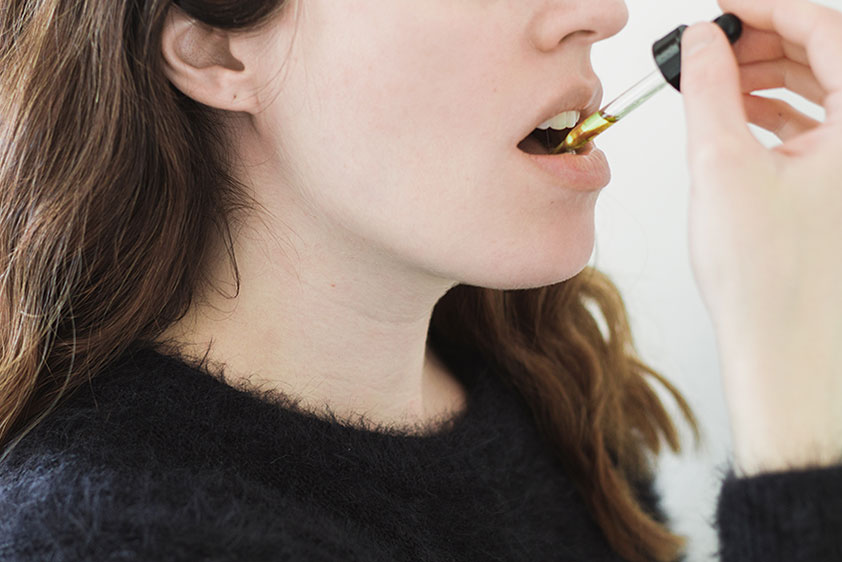
Treatment of cancer might be possible using synthetic cannabinoid receptor-agonists and cannabinoids. The Journal of Cancer Research and Therapy published a recent article that suggested cannabinoids, such as dronabinol and cannabidiol, may be effective in combating the effects of cancer.
Cannabidiol
Cannabinoids are anti-inflammatory and can be found in cannabidiol. The risk of developing cancer is increased by inflammation. Therefore, it can be beneficial to reduce inflammation. Research has shown cannabinoids may inhibit cancer cell proliferation by activating cascades and inhibiting proinflammatory cytokines. Cannabinoids also inhibit autophagy and apoptosis by reducing ROS production.
Cannabinoids also reduce nausea and vomiting. There is even a synthetic cannabinoid, Nabilone, that has been approved by the Canadian Food and Drug Administration for treating chemotherapy-induced nausea. Nabilone is commonly given to patients with cancer when other anti-nausea medication fail to provide relief. Cancer patients often experience loss of appetite, in addition to nausea and vomiting. If this happens, it is called cachexia.

The effects of cannabinoids on nausea and vomiting are similar to those of prochlorperazine, a widely used antiemetic. Consequently, it is important to consult a medical professional before beginning a cannabis-based regimen, especially if you have cancer.
Cancer is a complex disease involving environmental, genetic, and lifestyle factors, and there is no single treatment for cancer. New treatments are being discovered all the time. Cannabinoids like CBD have been of long-standing interest to scientists. They are believed reduce cancer-related symptoms and slow down the progression.
Cannabidiol is a cannabinoid
Cannabidiol, which is a cannabis cannabinoid, could be used to treat certain types of cancer. Although it is not an effective treatment, it has been shown to reduce nausea and vomiting and help with pain. Although the treatment is not yet approved in the United States, some studies have demonstrated promise in treating cancer pain.
Medical cannabis is becoming a popular alternative to chemotherapy for patients with cancer. Research has shown this. Although some people remain skeptical about cannabis as a treatment for cancer, many studies show that cannabis can be used to help patients with their symptoms. Researchers are studying CBD and other cannabinoids to see if they can help cancer patients manage their side effects and symptoms. CBD is not psychoactive unlike THC. However, some CBD products do contain trace amounts of THC.

Cannabidiol oil, a natural product made from cannabis plants, is available. It is a natural product that has many of the same health benefits as THC but doesn't produce a high. This is why it's becoming more popular among the medical community and used to treat many health conditions.
Cannabidiol (CBD), a cannabinoid, inhibits cell growth. It blocks the proliferation and growth of glioma cellular cells. By inhibiting the activity of 5-lipoxygenase, it inhibits tumour growth. However, it does not have an effect on COX-2 (which is responsible for cell death and growth).
FAQ
Can I use CBD during pregnancy?
It is not clear if CBD is safe for use during pregnancy.
It is not possible to prove that CBD causes harm to the baby, based on what little information there is.
It is important to remember that CBD should not only be used by women who are pregnant, but also by those who have been recommended by their doctor.
The Food and Drug Administration has issued a warning regarding potential risks of CBD use during pregnancy.
FDA states that there are some indications that cannabis use during pregnancy could increase the chance of miscarriage.
The agency stated that further research is required before a firm conclusion could be drawn.
Is the CBD market saturated or not?
The CBD industry is experiencing a growth rate of over 25% annually. This growth is expected continue for at most five more years. In fact, the industry is projected to grow from $2 billion today to $5 billion by 2020.
The CBD market is currently dominated by two companies - GW Pharmaceuticals and Canndoc Ltd. Both companies are focused in developing pharmaceutical-grade products. But they have not been particularly successful. Both of them are having difficulty gaining traction in today's marketplace.
Cannabidiol (CBD), an extract from cannabis, contains less than 0.3% THC. It does not produce any psychoactive effects. It is used to treat epilepsy and other conditions. It is often used as an dietary supplement.
There are many different types of CBD products available. Some CBD products can be made with whole plant extracts and others, such as CBD.
All of these products share one thing: They contain low levels THC.
These products are legal under US federal law. This doesn't mean you shouldn't follow local laws when selling CBD-related products. Always check your state's laws regarding CBD products.
There are also several states that CBD products are prohibited. These states include California, Colorado and Mississippi, Missouri. New York, North Carolina. Ohio. Oklahoma. Oregon. Rhode Island. South Dakota. Texas. Utah. Virginia. Washington.
CBD products should not be made if you reside in these states.
How do prices for CBD differ across states?
Prices for CBD products are dependent on where you live. Prices can vary by as much as ten times depending on where you live.
The general rule of thumb is that prices rise the farther north you travel. CBD in Alaska costs $35 per gram. In Hawaii, however, it costs about $200 per gram.
This trend continues across the country. Prices can range from $5-$2,500 per gram.
This is why?
Prices vary because of different levels of regulation. Some states require that CBD products have very low levels of THC (the psychoactive part of marijuana). Others don't care about the amount of THC present.
Some companies will sell their products in one place and ship to another.
Is CBD a good company to invest?
As people learn more about the benefits of hemp-based products, the market for them continues to grow. There could be $1B worth of hemp products on the shelves by 2022.
The market is expected to continue growing at over 20% per year until 2020 when it reaches $2.5billion.
Hemp oil has been used in many beauty products and health care products including creams, lotions.
There are many companies that produce CBD-infused foods, snacks, pet food and dog treats.
CBD is currently legal in all 50 states, although this may change soon. Businesses will find it easier to legally operate legally as more research is done on CBD's potential uses.
These are just a few of the many reasons CBD investment can be lucrative.
Statistics
- A recent systematic review of human trials also reported that individuals with epilepsy receiving CBD (5–20 mg·kg−1·day−1) were more likely to experience decreased appetite than those receiving placebo (i.e., ~20 vs. 5% of patients) (ncbi.nlm.nih.gov)
- CBD seems unlikely to directly influence sleep in healthy humans [115] (and maybe “sleep-promoting” in those with certain comorbid conditions) (ncbi.nlm.nih.gov)
- OralWhere HED is the human equivalent dose, and Km is a correction factor estimated by dividing the average body mass (BM) of the species (60, 0.020, and 0.150 kg for 11 humans, mice, and rats, respectively) and by its surface area (see: Nair et al. (ncbi.nlm.nih.gov)
- A recent study [161] also found that in vitro CBD treatment (i.e., ≤ 2 h exposure to 10 μM) induced ~40% vasorelaxation in isolated (pre-constricted) (ncbi.nlm.nih.gov)
- The inhibition of FAAH is predicted to lead to an increase in brain and plasma concentrations of AEA, which acts as a partial agonist at CB1R and CB2R, thereby increasing endocannabinoid tone [92, 110]. (ncbi.nlm.nih.gov)
External Links
How To
What are the main issues with the CBD industry.
The market for CBD products continues to grow at an amazing rate. But, businesses who want to enter this market still face numerous challenges. These include a lack of consumer awareness, high cost of entry, limited access to capital, and regulatory uncertainty.
Many consumers aren't aware of the benefits and limitations of CBD. This makes it difficult for consumers to make informed decisions on whether or not they want CBD products.
CBD companies are heavily dependent on word-of–mouth marketing. This can be costly as it involves advertising and staffing to promote the brand.
Another problem for new entrants to CBD is the high price of production. High prices are a major problem for CBD products because of the high cost of raw materials. For example, hemp needs to be grown in specific climates and soil types before it can be processed into CBD oil.
It takes approximately $1,000 per acre to grow enough hemp to process into CBD oil. Many small farmers can't afford to begin.
A lack of capital access is another problem that CBD market newcomers face. Banks are often discouraged from helping people start businesses because of the stigma that surrounds the industry.
The sale of CBD products is still subject to regulatory uncertainty. There are currently not clear guidelines as to how CBD products should marketing.
Despite some states having passed laws restricting the sale CBD products, this is not yet a national policy.
So far, only two states - Maine and Nevada - have legalized recreational marijuana.
Massachusetts and Michigan are however considering similar measures.
These changes could cause increased competition among CBD manufacturers.
These factors lead to many entrepreneurs choosing to work from their home instead of starting a physical company.